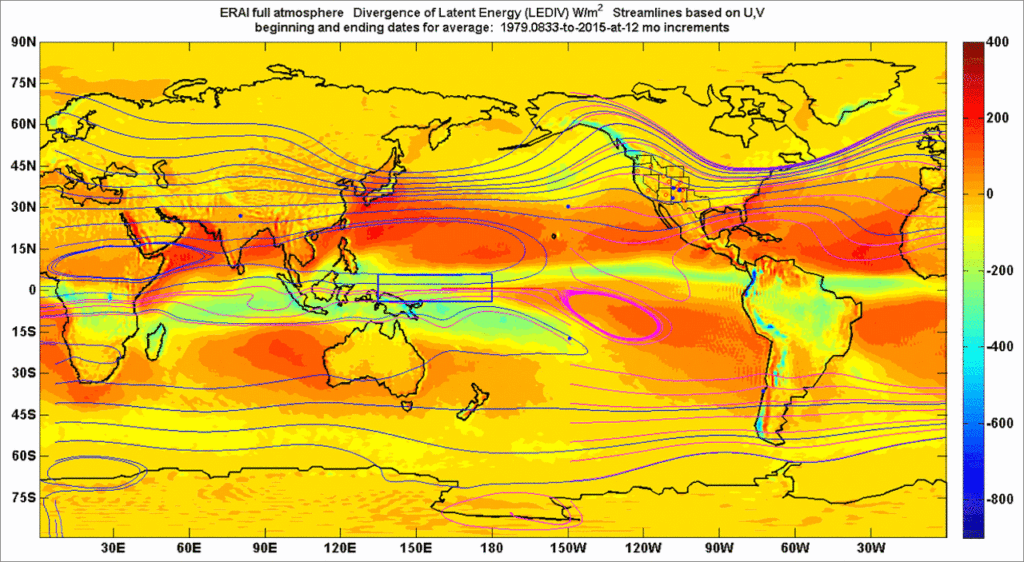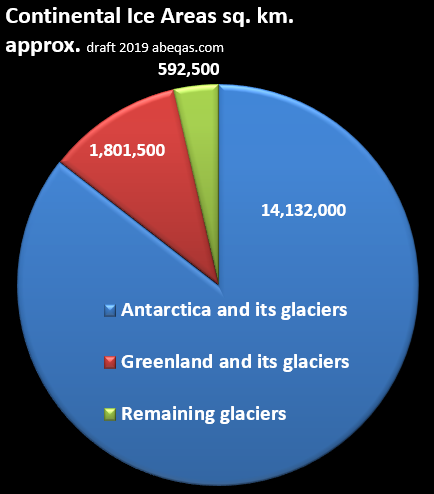
Gaia, CFCs, and the Ozone Hole
Few may know that scientist James Lovelock, the author of the Gaia Hypothesis* also invented a gaslighting device that directly relates to the Montreal Protocol on CFCs and Ozone. In Lovelock’s radioactive Electron Capture Detector (ECD) [1,2], gases are “lit up” by ionization, leading to very strange electron orbital switches for halocarbons. Those are asserted to lead to precise and perhaps unique measurements of man-made Chlorofluorocarbons (CFCs). If I have fathomed correctly, those CFCs are alleged by Lovelock and the Nobel Prize – winners Rowland and Molina [3], to be the exclusive destroyers of Ozone.
This is only a blog. Like everyone else, I’m somewhat in awe of the skills and accomplishments of each of the scientists profiled here. I wish I knew half as much about atmospheric sciences. And I’m sure they are all great people. But some facts that any scientist would appreciate seem impossible to disregard. Among other concerns, I think Lovelock’s ECD invention has played out as much politically as scientifically. It maybe demonstrates one of the usual “2-edged-sword” consequences of any novel invention. In any case even from a scientific view, the water-contamination-sensitive ECD instrumentation is used in the medical field, but on the environmental side, gas chromatograph/mass spectrometers remain in high demand for analyzing countless chemicals. Accordingly, modern day Ozone researchers don’t appear to deploy ECDs very much, other than perhaps for corroboration against the more widely used methods [4,5].
Modern day Ozone researchers have also turned their backs on Water. That is epic, but in turning away from Water, they appear to have turned their backs on any direct measurements of their favorite brand of Chlorine molecules. As this recent post and this one summarize, mainstream ozone researchers appear to simply measure basic Chlorine and perhaps assert without further direct evidence that all of the “active” Chlorines originate from CFCs. Alternately, when researchers actually measure CFCs in the atmosphere, the obligatory references to the other more natural, more widespread, lighter, and more massively abundant (within the full atmosphere), and finally, most eddy-diffusing, Chlorine sources are overlooked, even as the Ozone Hole theme remains front and center. The Laube et al., paper may be exemplary [4].
There appears to be no looking back or contemplating of apparent inconsistencies. The Ozone Hole narrative is accordingly alive and well. I think this is primarily because scientists such as Lovelock, Molina, Rowland, and more recently, Paul Newman of NASA, and perhaps every scientist who is a reader of this post**, appear to believe that:
- Water does not dissolve Ozone.
- Water does not create Ozone Holes.
- Ozone does not self-destruct within hours or days of its formation.
- Naturally occurring Chlorine cannot react with Ozone.
- Natural Chlorine cannot be found in any sample of the stratosphere that has ever been taken.
- Lack of ozone-sustaining Solar UV has nothing to do with the dearth of Ozone over the long dark Antarctic winter.
- Circulation constraints that apply to all other atmospheric gases and aerosols, do not apply to CFCs.
- Otherwise-heavy CFCs never sink through our soils down to groundwater. The only recognized sink for CFCs is a very drawn-out form of photolysis.
- CFCs do not dissolve in water.
- Catalysts work by disintegrating, allowing radicals to physically depart in order to facilitate reactions with other chemicals. Then the same Catalysts are spontaneously reconstituted, with the same radicals, at some date months later, no matter where in the Earth’s atmosphere the various disintegrated components have ended up by then. Don’t take my word for this or any other bullet. Simply examine almost any CFC – Ozone paper. You may have to read between some lines.
- The Chlorine from any CFC can be instrumentally discriminated against the Chlorine from any other source.
This last bullet is something that really interests me at least. No scientist has ever been able to disambiguate an anthropogenic Chlorine atom from a natural Chlorine atom. There is perhaps an exception for atmospheric-nuclear-bomb-testing-pulsed Chlorine-36.
In fact Chlorine-36 is nominally much like CFCs. Massive quantities of Chlorine-36 were produced by such testing over the 50s and 60s and stopped more or less soon thereafter. The concentration of Chlorine-36 in the atmosphere is reported I believe, to have dropped since then. In other words, there was a temporary “pulse” of this water-soluble radioisotope into the hydrosphere. Since that pulse, scientists have been able to monitor and trace Chlorine-36, and this has been asserted to facilitate better estimates of water cycle residence times, particularly in groundwater.
Tracing flow directions and estimating residence times are exactly what Ozone researchers claim to do with CFCs. I wonder if any have thought to integrate the two. For example, has any researcher attempted to quantify the mass ratios of Chlorine-36/Chlorine-35 in any CFC sample? Or have any Ozone researchers reported on groundwater as a quantifiable sink of CFCs and applied that towards their CFC mass balancing? If I learn of anything I’ll certainly add that information or any can still comment in any case.
I suggested that nominally Chlorine-36 and CFCs are similar. I meant that the simple correlation exercises/assertions of Lovelock, Rowland, Molina, and Newman which are attributed to man-made CFC-triggered Ozone destruction could also apply to man-made Cl-36. Could they not? In that scenario one could say:
WHEREAS Cl-36 was released into our upper atmosphere in vast quantities through man-made atmospheric nuclear testing in the 50s up through the early 60s.
AND GIVEN that Cl-36 can react with Ozone and destroy it.
AND GIVEN that Stratospheric concentrations of Cl-36 have dropped over the last few decades since man-made atmospheric nuclear testing has diminished.
AND GIVEN that the Ozone Hole has also diminished since atmospheric nuclear testing was banned by international treaty.
WE CONCLUDE that the Ozone Hole is caused exclusively by Chlorine-36 based destruction of Ozone in the upper atmosphere.
See? Anything which happens to be correlated to some substance found in our sky, and a man-made substance production history, can fit into the next Ozone Hole or other promotion. That would cover practically everything. From this perspective, an ozone or greenhouse gas researcher only needs unwavering support from a plurality of academic peers. It also helps to have unflinching media support.
*Gaia Hypothesis: not really a hypothesis but simply a notion, shared by countless others from time immemorial, that the planet is alive.
**only-a-blog alert: If you understand the content here and if you have not reached out to NASA to ask them to reconsider their society-shaking Ozone Hole assertions, then some might assume that you also believe in the list. I don’t assume that myself. I’m writing these posts as I’m learning myself in real time. But if you are undecided, I recommend that you reach out to any ozone experts you can find. Each of us can’t be right.
References
Featured image composite FAIR USE. Adapted from https://ps.uci.edu/~rowlandblake/profiles/fsr/photographs/rowlandmolina2.html and from www.jameslovelock.org/wollaston-medal-citation/
[1] https://www.sciencedirect.com/science/article/abs/pii/S0021967300908409?via%3Dihub
[2] https://en.wikipedia.org/wiki/Electron_capture_detector
[3] https://www.nature.com/articles/249810a0
[4] Laube, J.C., Keil, A., Bönisch, H., Engel, A., Röckmann, T., Volk, C.M., and Sturges, W.T. 2013. Observation-based assessment of stratospheric fractional release, lifetimes, and ozone depletion potentials of ten important source gases. Atmospheric Chemistry and Physics. 13, 2779-2791 doi:10.5194/acp-13-2779-2013
[5] Weber, M., Coldewey-Egbers, M., Floetow, V.E. Frith, S.M., Wild, J.D., Burrows, J.P., Long, C.S., and Loyola, D. 2018. Total ozone trends from 1979 to 2016 derived from five merged observational datasets – the emergence into ozone recovery. Atmospheric Chemistry and Physics. 18, 2097-2117. https://doi.org/10.5194/acp-18-2097-2018
Draft work.
 3847total visits,2visits today
3847total visits,2visits today

